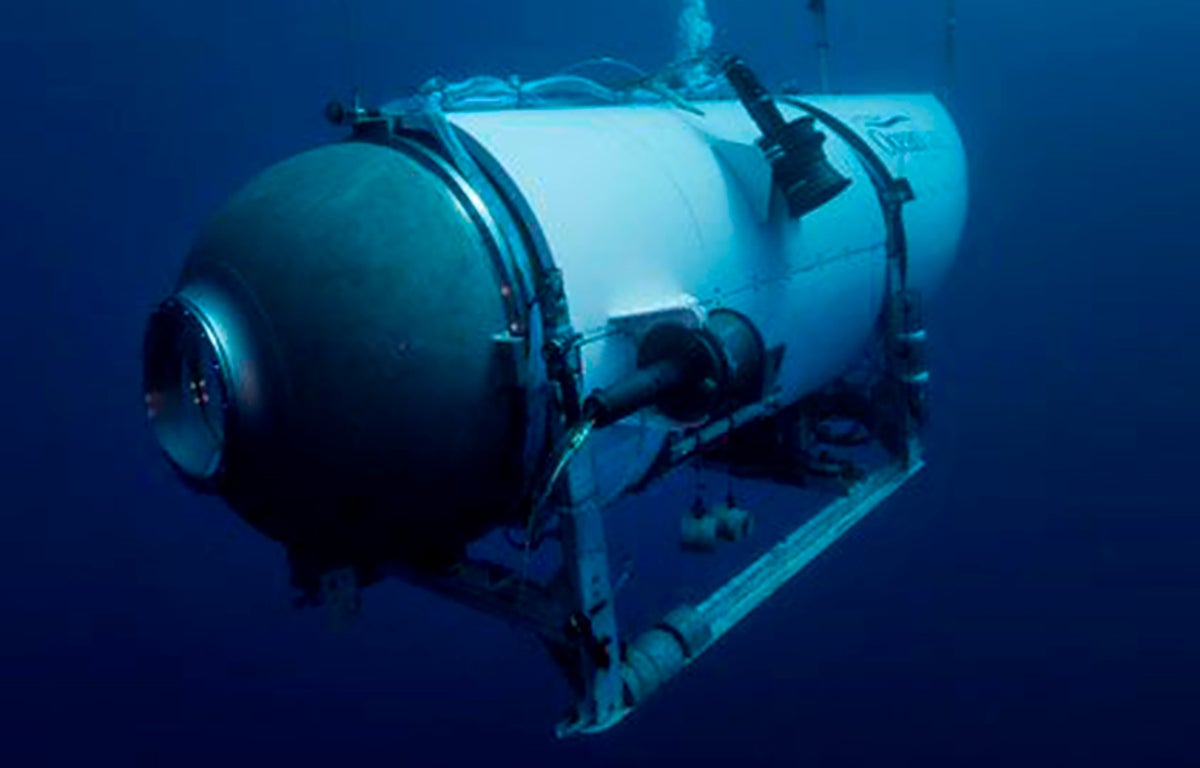
Support truly
independent journalism
A year on from the Titan submersible disaster, the OceanGate co-founder has laid out his ambitions to colonise the Moon by 2063.
Argentine-American businessman Guillermo Söhnlein, 58, says he believes that the technology to create a “Mearth” – a society spread across Earth and the Moon – is already available today.
He claims colonisation would have a dramatic effect on how people see themselves and speculated that humanity would “begin to see ourselves not just as citizens of one country or another, but as inhabitants of Mearth”.
Söhnlein co-founded OceanGate in 2009 with Stockton Rush, 61, who died in last year’s disaster when the Titan submersible suffered a catastrophic implosion on its dive to the Titanic wreck site.
The entrepreneur has laid out the plans to colonise the Moon as chairman of the WayPaver Foundation, which aims to make humanity a multi-planet species. One of its ventures is Project Moon Hut, which aims to begin the colonisation by placing a basic hut on its surface “comparable to a double-wide trailer that is commonly used on job construction sites” by 2031.
The organisation says that this will allow four to eight people to begin living on the Moon and prepare for the assembly of an industrial park, which would grow to house 90 people, with the company saying to live on the Moon.
“Sixteen tenants have been selected to utilize the Moon’s unique environment for discovery, manufacturing, and selling products from the Moon to Earth,” according to a statement from Project Moon Hut, imagining the process.
“This marks the beginning of the Mearth economic system.”
The colonisation would, it is claimed, allow for a “mini-city” on the Moon by 2046, which will have space for 578 people.
Trade between the Earth and Moon would be “normalised” by this point and those living there would be known as “Spacers”, Söhnlein believes.
But it will not be until 2063 that the Moon will “become a thriving community of 1644 people, living and working in an environment that was once thought to be uninhabitable”.
“The advancements made in technology, science and innovation have made it possible to create a new way of life on the Moon, one that is almost as normal as living in different places on Earth,” according to Project Moon Hut.
“This community represents a new hope for the future of humanity and all species on Earth,” the statement continued. “The lessons learned from this endeavour will undoubtedly have far-reaching impacts on our understanding of space exploration, sustainability and what it means to be a global citizen in the 21st century.”
This is not Söhnlein’s only plan for humanity. He also founded the Humans2Venus Foundation in January 2020, which, as its name suggests, aims to colonise Venus. While the planet’s surface is around 864 degrees Fahrenheit (462 degrees Celsius), Söhnlein believes this problem can be overcome by building structures in the air, where conditions are comparable to those on Earth.
The OceanGate co-founder believes that the only thing stopping humanity from becoming a multi-planet species is people being “pushed back into the status quo”.
“I think it is less aspirational than putting a million people on the Martian surface by 2050,” he told Business Insider. “It would raise eyebrows outside the space industry. And it even raises eyebrows inside the space industry.
“Forget OceanGate. Forget Titan. Forget Stockton. Humanity could be on the verge of a big breakthrough and not take advantage of it because we, as a species, are gonna get shut down and pushed back into the status quo.”
The Independent contacted Project Moon Hut for further comment.







